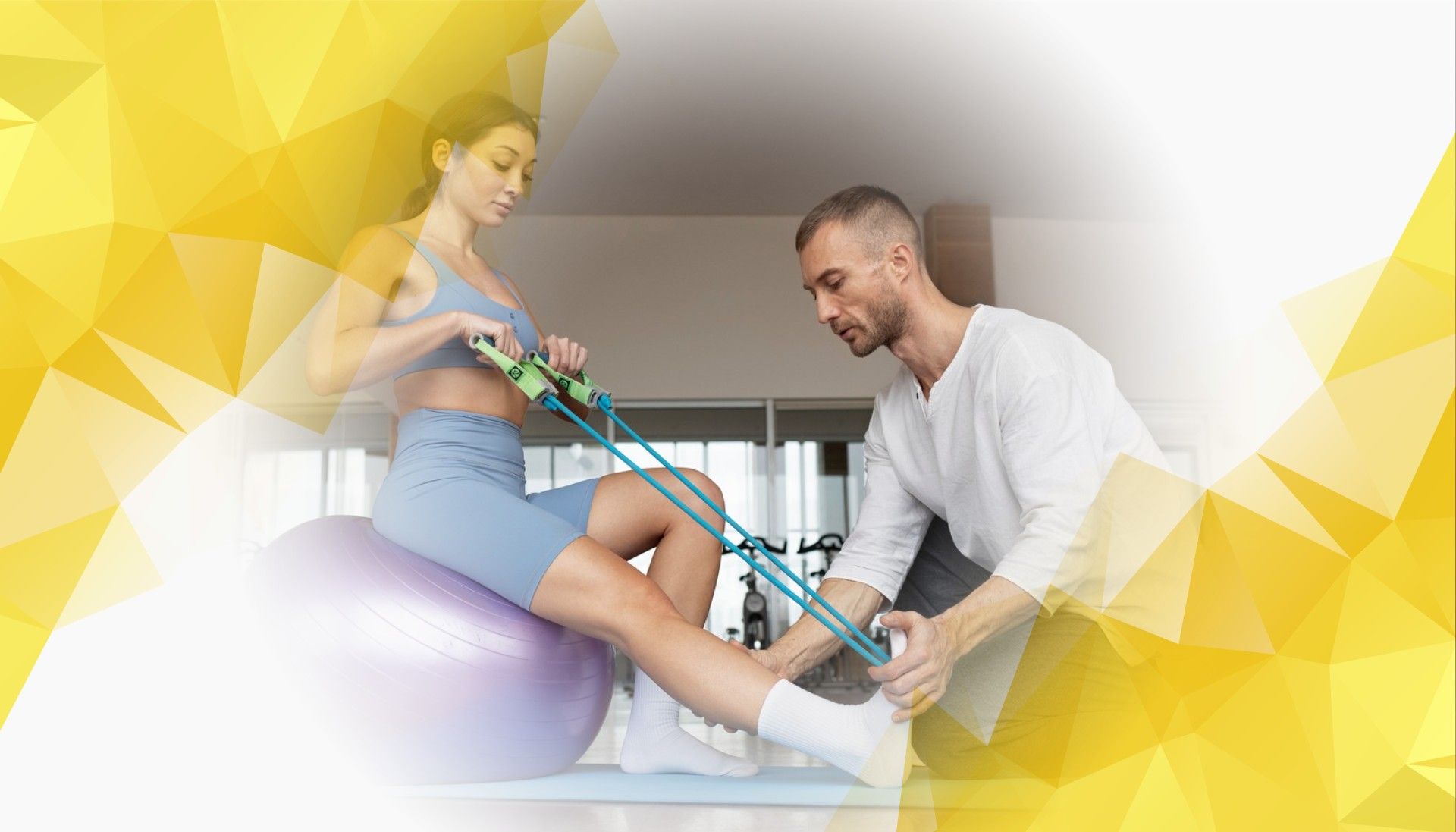Introduction: Why Better Knee Assessments Matter
Osteoarthritis (OA) is a common condition that affects millions of people—especially in the knees—causing pain, stiffness, and limited movement . These symptoms can make everyday activities, like walking or climbing stairs, much more difficult. To manage OA effectively, doctors need reliable ways to evaluate how well the knee is functioning. While traditional exams and X-rays offer valuable information, they don’t always reveal how the knee performs during real-life activities.
That’s where MAI Motion comes in. This innovative technology measures knee movement accurately while people go about their daily routines. In this article, we’ll explore how MAI Motion is transforming the way doctors assess and treat osteoarthritis, providing new tools to improve patient care.
Understanding Osteoarthritis and Its Impact on the Knee
Osteoarthritis occurs when the cartilage—the smooth tissue that cushions the ends of the bones—gradually wears away. In the knee , this leads to pain, swelling, and stiffness, making it hard to move comfortably. Because the knee carries so much weight, even minor changes in its function can significantly impact daily life.
Typically, doctors assess OA by discussing symptoms, performing physical exams, and reviewing images from X-rays or MRIs. While helpful, these methods can miss early or subtle changes in knee movement. For instance, someone might start adjusting the way they walk to avoid pain, but these changes aren’t always obvious during a quick exam.
There’s a growing need for more detailed and objective assessments that show how the knee really moves in daily life. Traditional motion-tracking systems can be expensive and may not pick up on clinically important motion differences, highlighting the need for practical, sensitive alternatives.
How Does MAI Motion Work?
MAI Motion uses small, wearable sensors called inertial measurement units (IMUs), which are placed around the knee to monitor its movement in three dimensions. Think of them as more advanced versions of fitness trackers—they not only count steps but also provide detailed insights into how your knee bends, bears weight, and moves during different activities.
As you walk, bend, or climb stairs, the sensors capture data about your knee ’s movements and forces at play. Advanced computer programs then analyze this information, turning it into easy-to-understand reports about your knee ’s health and function.
Unlike traditional tests that only examine the knee when you’re still or with simple movements, MAI Motion provides a dynamic view of how your knee works in real life. This makes it possible to spot problems and monitor progress in ways that older methods can’t.
Research has shown that systems like MAI Motion offer a more cost-effective and sensitive way to assess movement compared to traditional motion capture technologies (Armstrong et al., 2022).
What Can MAI Motion Reveal About Osteoarthritis?
One of the biggest strengths of MAI Motion is its ability to detect early and subtle changes in knee function. For example, someone in the early stages of OA might start favoring one leg or changing their walking style to avoid discomfort. MAI Motion can pick up on these small alterations, often before they are noticeable during a routine appointment or show up on scans.
This kind of information helps doctors catch problems earlier and tailor treatments more precisely to each person’s needs. It also allows for a better understanding of the severity of osteoarthritis , based on how differently the knee is moving compared to healthy patterns.
Another advantage is that MAI Motion can track your progress throughout treatment—whether you’re doing physical therapy , wearing a brace, or taking medication. By monitoring improvements (or setbacks) in how your knee moves , doctors can adjust your plan to make sure you’re getting the best results possible. These new movement-based “biomarkers” can be used to assess how well treatments are working and to track changes over time (Armstrong et al., 2022).
Looking Ahead: The Future of Osteoarthritis Care with MAI Motion
To sum up, MAI Motion is opening new doors in the assessment and management of knee osteoarthritis . By providing detailed, real-time insights into knee movement during everyday activities, it goes beyond the limitations of traditional tools.
With MAI Motion, doctors can spot issues sooner, develop more personalized treatment plans, and accurately monitor progress. As this technology becomes more widely used and research continues, it holds great promise for enhancing the quality of life for people with OA—helping them stay active, independent, and pain-free.
Embracing advanced technologies like MAI Motion is a step toward more personalized, effective care for osteoarthritis, demonstrating how innovation can lead to better health outcomes.
If you’re interested in learning more or need any terms explained, feel free to ask!
References
Armstrong, K., Wen, Y., Zhang, L., Ye, X., & Lee, P. (2022). Novel clinical applications of marker-less motion capture as a low-cost human motion analysis method in the detection and treatment of knee osteoarthritis. Journal of Arthritis, 11, 053. https://doi.org/10.4172/2167-7921.2022.11.053
Armstrong, K., Zhang, L., Wen, Y., Willmott, A. P., Lee, P., & Ye, X. (2024). A marker-less human motion analysis system for motion-based biomarker identification and quantification in knee disorders. Frontiers in Digital Health. https://doi.org/10.3389/fdgth.2024.1324511
Wen, Y., Verma, T., Whitehead, J. P., & Lee, P. (2025). Empirical Validation of a Streamlined Three-Repetition Sit-to-Stand Protocol Using MAI Motion. Applied Sciences, 15(10), 5688. https://doi.org/10.3390/app15105688

